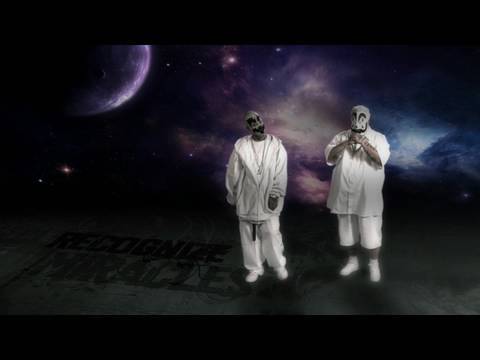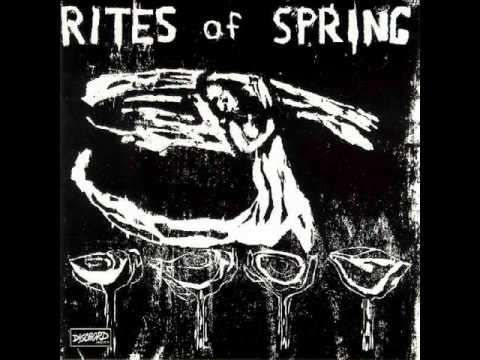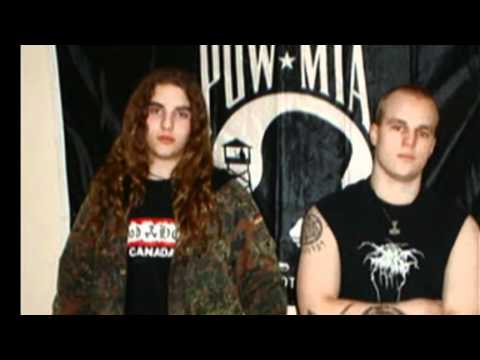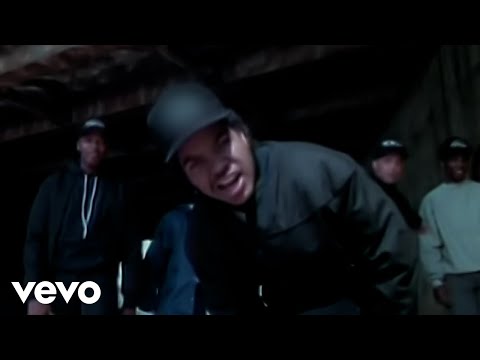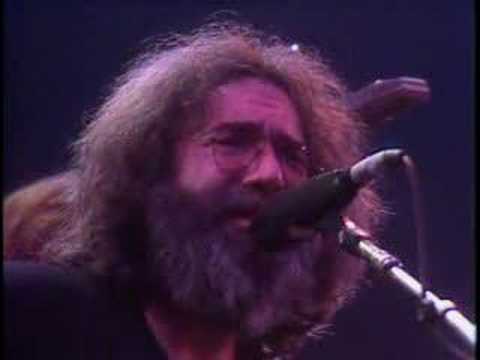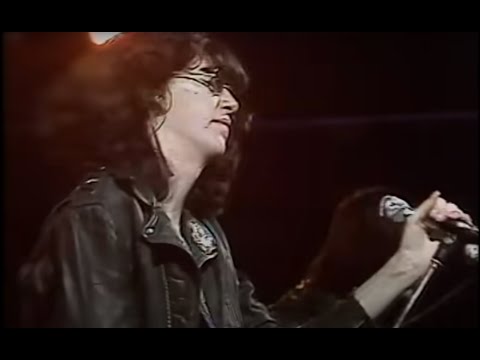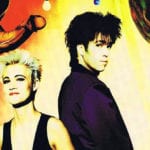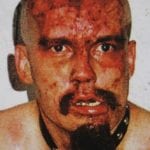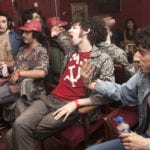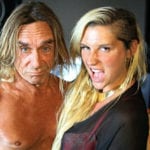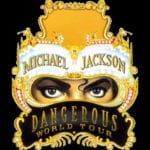Insane Clown Posse is a hip hop duo consisting of professional wrestlers, Violent J and Shaggy 2 Dope, AKA Joseph Bruce and Joseph Ustler. Their sound is best described as horrorcore (a sub genre of hip hop with ultra violent, horror themed lyrics), with a later influence of rock. While original, the band appears in countless ‘Worst Ever’ lists, most notably Blenders 50 Worst Artists in Music, in which they took out the number one spot. During a performance of their song Juggla in 1994, Violent J referred to the audience as Juggalos. The response garnered by the seemingly trivial term was positive enough that the name caught on with the ICP’s fans and fans of other artists on the bands record label, Psychopathic Records. Characteristically, Juggalos wear clown-like face paint that imitates ICP’s. Why is it divisive? There have been numerous reports of Juggalo related violence. This includes one 18 year-old man who claimed to be “hunting for gays” after attacking one man with a hatchet and shooting a firearm at several more at a gay bar. In 2011, Juggalos were included in the FBI’s national gang threat assessment. The band and record label have strongly and publicly discouraged the fans from committing any acts of violence.
A hardcore punk 5-piece from Washington DC, Minor Threat were highly influential in the ’80s and ’90s American punk scene, despite only releasing a handful of material. They were known for their short, high tempo songs, and their stance against drugs, alcohol and tobacco, which was documented in their song Straight Edge. This song later inspired a social movement of sobriety referred to as the straight edge movement. People who are straight edge refrain from all forms of drugs, including alcohol. Occasionally it extends beyond sobriety, and can broaden to vegetarianism and avoidance of promiscuity. The universal symbol for straight edge is the letter ‘X’, usually written on the back of the hands. Why is it divisive? The emergence of straight edge divided the punk movement, which was, in general, a pro-drug scene. Punk Rock shows were known for their advocacy of the sex, drugs and rock and roll lifestyle; the stereotypical early punk rocker is a glue sniffing unemployed nihilist. This caused altercations during the early years of the straight edge movement, leading to violence amongst concert-goers, particular involving people who chose to drink at straight edge shows.
Another band from the DC hardcore scene, Rites of Spring formed in 1984. During their short career span they released just one full length LP, and performed live only 15 times. Despite this, they are considered highly significant, and are recognized retrospectively as the first emo band. Tracing the ancestry of emo is particularly difficult, and those who are familiar with Rites of Spring may dispute that they were ever emo at all. But at the risk of trivializing a genre which, despite varying opinions on quality, has a complex history, Rites of Spring influenced bands like Sunny Day Real Estate, who influenced bands like the Get Up Kids, who in turn influenced bands like Fall Out Boy. Why is it divisive? Emo is divisive partly because there is no cut and dry definition of what emo is. Is it a musical genre? A subculture of eyeliner-wearing teens? Or, as is becoming increasingly common, a general term for all art that explores the darker sides of human emotion. It should also be noted that members for many ‘emo’ bands reject the label, including Rites of Spring and the Get Up Kids.
Where to begin with Skrewdriver, the punk rock group fronted by Ian Stuart Donaldson. Originally your stereotypical blue collar British punk band with a reputation for violence, they adopted the skinhead aesthetic soon after their formation in 1976.Though they, at first, denied rumors of their Nazi-esque political ideologies, Donaldson eventually openly admitted his stance as a British national socialist. Nazi Punk is really a subculture of a subculture; an offshoot of the original skinhead movement, which consisted of working class British youths and was generally apolitical. The term ‘skinhead’ has since been since strongly associated with neo-Nazism. Why is it divisive? I’m sure this question requires no answer, but for the sake of consistency, Nazi Punk is divisive for its “white-is-right” philosophy and its encouragement of violence towards non-Christians and non-Caucasians. Note that the clip above contains scenes that some my find disturbing.
You might consider this item a bit of a cheat, but it refers to the popularization of the gangsta lifestyle as opposed to the genre of music. Short for “Niggas With Attitudes,” NWA were one of the pioneers of the gangsta rap genre, and stirred up much controversy with their seminal debut album “Straight Outta Compton” and subsequent releases. They brought gangsta culture to the mainstream where certain aspects were embraced by many who were previously unfamiliar with the lifestyle. This then resulted in a new direction of mainstream fashion and vocabulary. Watch this video on YouTube Why is it divisive? Aside from the obvious glorification of drugs, prostitution and violence, conflict is created when people who have had not had genuine experiences of this existence adopt the gangsta image. This pressure to be legitimate has lead rappers and fans to commit real-life crimes to authenticate their music or aesthetic.
One of the more specific inclusions, ‘Deadheads’ is a term given to fans of the Grateful Dead, a psychedelic rock band, fronted by legendary guitarist Jerry Garcia. Formed in 1965, in the San Francisco Bay Area, the ’Dead were known for their extensive touring, which consisted of many free concerts, and their improvisational approach to performance. Hardcore Deadheads would often follow the band on tour for months at a time, living a nomadic lifestyle and selling t-shirts, food or drugs to support themselves. Why is it divisive? The only real division stems from the love-it-or-hate-it nature of the Grateful Dead’s music. It seems you are either a committed detractor or a diehard fan; I’m yet to hear of a casual Grateful Dead fan.
A contentious addition to this list, not only because the origins of punk are ambiguous, but because of the diverse styles and philosophies of the punk subculture, in general. The Ramones were the first band to fit the traditional punk rock stereotype we recognize today; the simple, fast paced songs and the snotty attitude. They toured virtually nonstop throughout their career and have had a clear influence on music today. Although they never achieved huge commercial success, they opened doors for British punk bands like the Sex Pistols and the Clash to achieve popularity in America. While punks are diverse in terms of culture, the stereotypical ’70s punk has spiked hair, tattoos and piercing, which at the time served to enforce their non conformist ideologies. Why is it divisive? Punks are divisive mainly because of their stance against authority and their anarchist viewpoint. These are common trends amongst all punk subcultures. Other points of controversy include recreational drug use, particularly solvent abuse, as noted in the Ramones song ‘Now I Wanna Sniff Some Glue’ and the popular punk zine ‘Sniffin Glue.’
